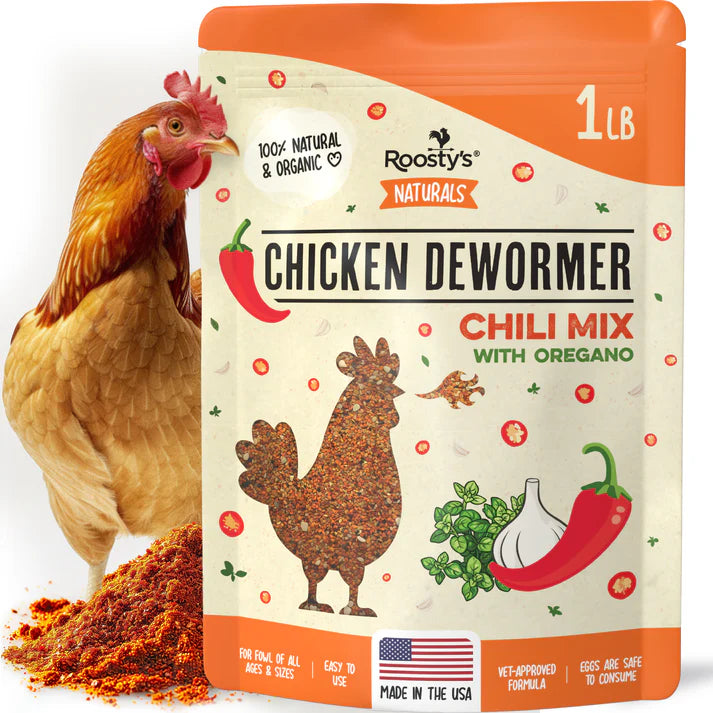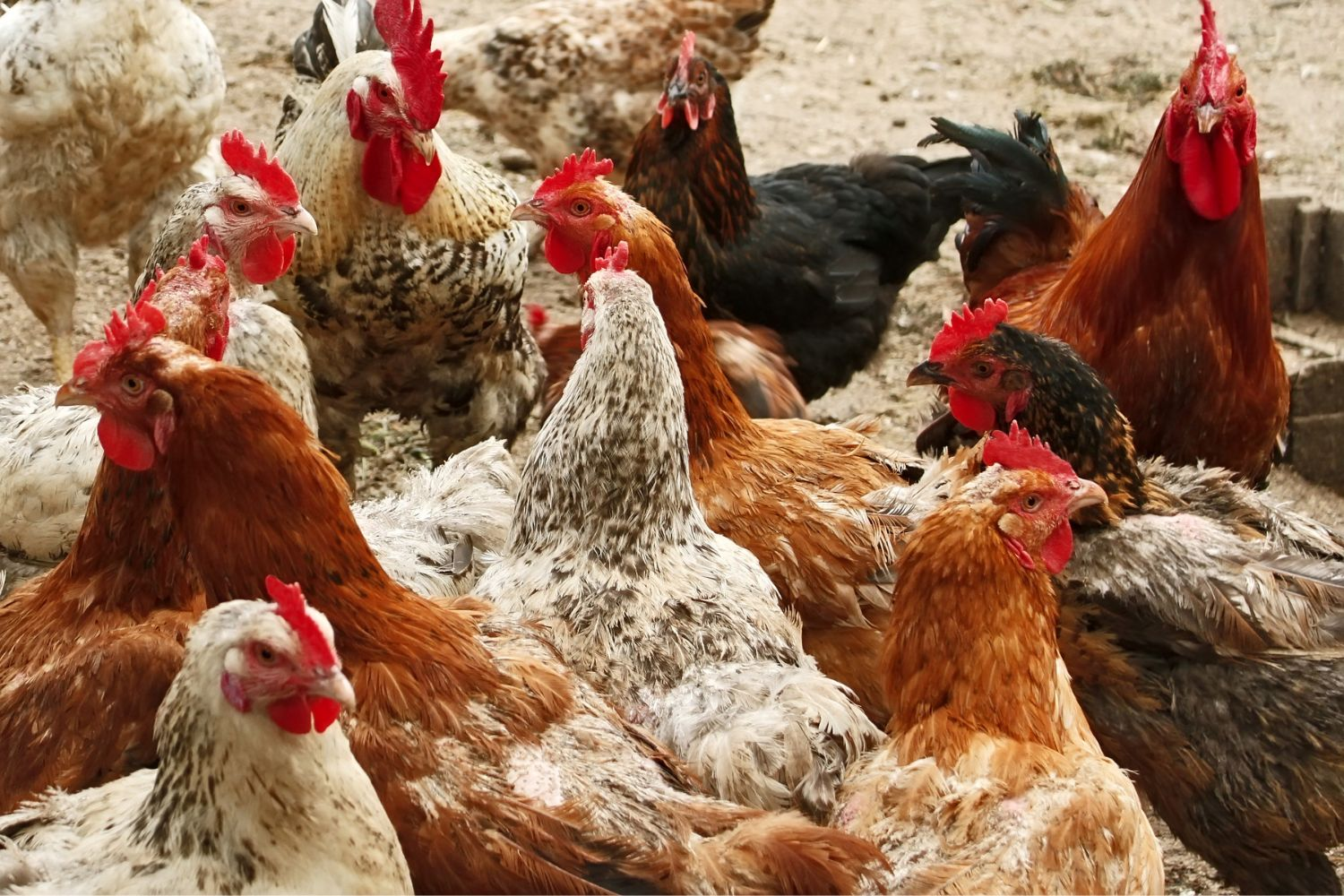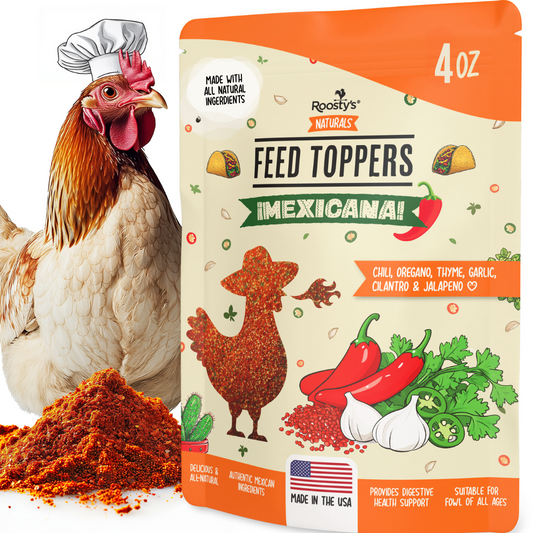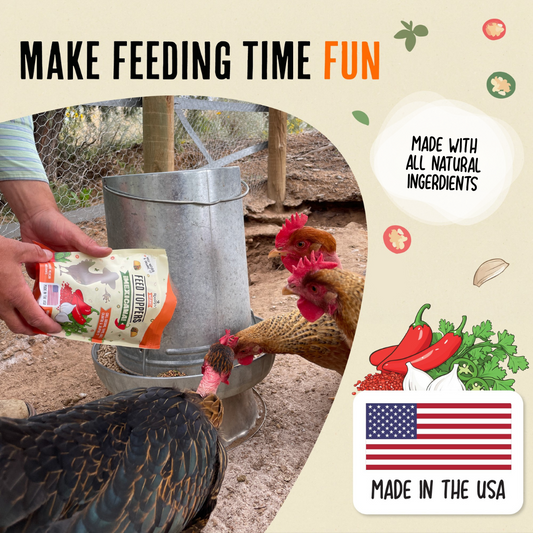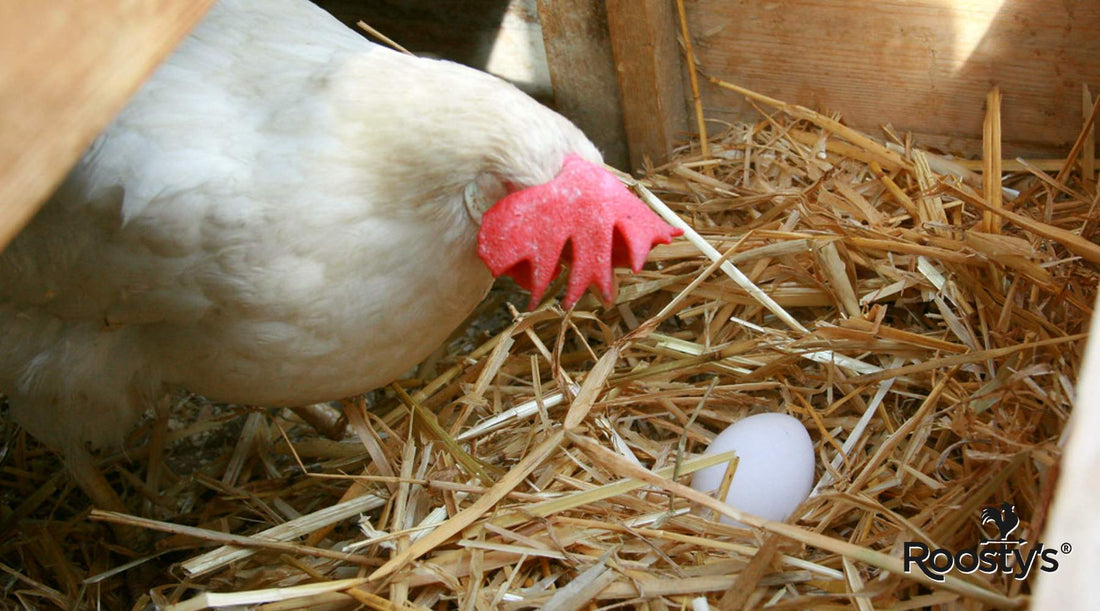
How to Make Chicken Nesting Boxes – Essential Tips for Success

Are you considering keeping chickens in your backyard?
There are many things to consider when you embark into a chicken farming journey, even if you keep it low-key.
Aside from learning more about the different chicken breeds and the to-do tasks of chicken keeping, you want to find out how to prepare your chickens’ home, including their nesting boxes.
Indeed, as a first-time or seasoned chicken farmer, learning how to make chicken nesting boxes is essential.
Now, you may be wondering why you should bother learning about chicken nesting boxes.
Nesting boxes play a huge role in keeping your chicken safe and happy.
When you keep chickens for eggs, learning what to put in chicken nesting boxes and how to build functional and cheap chicken nesting boxes can make a great deal of difference.
Think of it this way: Nesting boxes give hens a stress-free and cozy environment to lay their eggs, which gives you, in turn, a steady stream of delicious eggs.
At Roosty’s, we’re aiming to be the ultimate chicken farming e-commerce store, so we’re “egg-cited” to share our easy DIY chicken nesting boxes tips with you.
We know the ins and outs of poultry care like nobody else, so we explain how to build chicken nesting boxes that bring your chicken coop to the next level.
Keep reading to find our step-by-step guidance to make nesting boxes your chickens will love to use.
Building Chicken Nesting Boxes
For seasoned chicken farmers, the humber chicken nest box is a cornerstone of a well-run coop.
If we needed to describe chicken boxes in one word, it would be eggs. Indeed, those boxes hold the promise of fresh eggs and happy hens.
So, if you are a backyard chicken keeper, you may be wondering how to ensure you can keep all your eggs in the same perimeter.
Let’s dive in depth into the details of what you need to learn how to make a chicken nesting boxes for your coop.
Why Have Chicken Nesting Boxes?
This may seem like an odd question, but if you are new to keeping chicken, you are also new to the benefits of chicken nesting boxes. Nesting boxes provide a designated space for egg-laying.
Bear in mind that some hens may still choose to lay their eggs elsewhere. But in general, a nesting box is a practical spot that keeps the eggs intact, clean and easy to collect.
You don’t need to go on an egg hunt in the hay or around your backyard. More to the point, it is also a place where hens feel safe and relaxed, which means having nesting boxes can even help make your chicken more productive.
How Chicken Nesting Boxes Transform the Chicken Coop
Of course, it isn’t all about eggs. When you build chicken nesting boxes, you also improve the overall functionality of your chicken coop, making it more organized, hygienic, and safer.
In simple terms, this means that nesting boxes enhance your chicken coop and your chicken’s well-being.
Chicken farming is all about creating a comfortable, stress-free, and healthy environment for your birds. This is precisely where learning how to make a chicken nesting box comes in handy.
Why Build Chicken Nesting Boxes Instead of Building Them?
Now, you might be thinking about buying pre-made nesting boxes. While you can take that route, learning how to make chicken nesting boxes can be advantageous for many reasons:
- You can customize the nesting boxes to the size and design that fit your chicken coop
- It is a great way to repurpose materials and safe money
- You can make your chicken coop feel a little more personal, which is great for hobbyist chicken farmers
Nesting Box Essentials

Now that you know why you need to make chicken nesting boxes, there is an important question to address: What makes a good nesting box?
To answer this, we need to focus on 4 main points:
- The ideal size of a nesting box
- What chickens need from a nesting box
- What farmers need from the box
- What to put inside a chicken nesting box
What’s the Ideal Size of a Nesting Box?
How big a nesting box should be will differ depending on the size of your chickens.
But as a rule of thumb, you want to aim for a size of 12 inches by 12 inches with a depth of 12 to 18 inches. This will provide plenty of room for your hens to settle comfortably and lay their eggs.
One important fact to know about nesting boxes is that typically up to 4 chickens can share the same box.
So, you don’t need to build one nesting box per chicken. Hens like a snug environment and they can feel secure when sharing a box with other chickens.
What are the Key Elements of a Nesting Box?
Chicken use nesting boxes for privacy and security. So, when you build nesting boxes, you want to ensure that they shield your chicken from prying eyes and potential disturbances.
They should also be placed in a quiet and low-traffic spot for the same reasons.
Remember, chickens’ natural nesting instinct seeks dark and secluded spaces, so this is what your nesting box should do for them.
Comfort is also an important aspect to consider. You want to line the nesting boxes with soft materials, such as hay, wood shavings, or straw, to provide a cozy cushion.
How to Make Chicken Nesting Boxes for Farming
The main advantage of using a nesting box is to collect eggs.
So, to ensure the boxes support your end goal, you want to keep the nesting boxes easy to access so you can collect eggs daily without disturbing hens.
Additionally, it’s worth remembering to replace the bedding regularly to keep the boxes clean and hygienic.
What to Put in Chicken Nesting Boxes?
The bedding inside the box will serve more than one purpose. As explained, it is added for comfort. But it also needs to protect the eggs from breaking.
With this in mind, some of the best bedding options include the following:
- Wood shavings, such as dust free pine, because they are very absorbent and easy to replace. Avoid small shavings and sawdust, which can lead to respiratory problems for chickens.
- Straw, as it is affordable and often readily available if you are already farming
- Sand is a popular option for practical cleaning reasons, but make sure to use heavy construction sand
- Chopped cardboard, which is absorbent and can be composted. It can attract rodents, if you’re not careful.
- Backyard leaves
Regardless of your choice of bedding, always remember to replace it regularly to prevent issues.
Easy DIY Chicken Nesting Boxes

There is something deeply satisfying about building your own chicken nesting boxes.
So, if you are unsure about your DIY skills, here is a warning: You don’t need to be an expert crafter to make a nesting box.
If you are looking for an easy chicken nesting box that doesn’t need specialist tools or skills, here are 3 ideas to get you started:
- Repurpose milk or bottle crates. You’ll only need to cover the holes at the bottom of the crate with thick rubber or a piece of wood before placing the nesting material.
- If you have standing cube shelves, such as IKEA ones, you can easily repurpose these into chicken nesting boxes, using only bedding to cover the bottom.
- You can also build your own nesting boxes by creating a shelf pattern in your chicken coop. This will use planks of wood or plywood nailed horizontally to build a base for the boxes, and vertical separations between individual boxes. It is typically an afternoon’s work and can be suited for flocks of all sizes.
Options for Cheap Chicken Nesting Boxes
There are countless easy DIY options for making chicken nesting boxes.
One of the key aspects of a DIY project for beginners is to keep things manageable with a limited number of tools.
But if you are in the process of looking at how to make chicken easy nesting boxes, perhaps your main concern is not skills, but affordability.
Essentially, if you have a small flock and are unsure whether chicken farming is the right thing for you, you may be reluctant to spend too much on your hobby yet.
So let’s look at cheap and easy chicken nesting boxes that don’t break the bank and can repurpose unwanted materials:
- You can turn an old kitchen cabinet into simple and cost-effective chicken nesting boxes. All you need is the addition of a few separators, which can be made using the cupboard door and inside shelves.
- Open-ended five-gallon buckets or plastic baskets can make great cost-effective chicken nesting boxes too.
- Modified wooden crates lined with bedding are an affordable option.
- Old metal lockers can be laid on the side for an improvised series of cheap chicken nesting boxes.
The bottom line: if you are creative, you can repurpose a lot of your unwanted furniture or items and save yourself a ton of money.
You might want to take a look at some of these upcycled boxes for inspiration.
Step-by-Step Guide to Building Nest Boxes
If you are more confident in your DIY skills, building a nesting box from scratch can be both a rewarding and empowering experience.
Yet, before going through the step-by-step instructions on how to make chicken nesting boxes that fit your chicken coop and your chicken needs (and sizes), you need to be willing to roll up your sleeves.
What you Need to Build Nesting Boxes Step-by-Step
This project is the most advanced nesting box build. So, you want to make sure you’ve got:
- The right building materials
- Wood: Wooden boards or plywood (¾-inch thick)
- Nesting box lining material
- The right DIY tools
- Screws or nails for securing the pieces together
- Measuring tapes
- Saw for cutting the wood
- Sanding discs and a sanding machine for a smooth surface
- Drill for cutting holes and attaching pieces together
If you are not already an accomplished crafter, this may not be the right approach for your chicken nesting boxes.
You can refer to the cost-effective DIY and upcycling tips to build a quick nesting box for chicken coop.
Why Learn How to Make a Chicken Nesting Box Wood?
When there is a vast choice of materials available, you may be wondering why use wood. Wood is highly versatile and durable, which means it can withstand the challenges of chicken coop life. Another important advantage of wood is its insulating properties.
Wood creates a natural and comfortable environment for your hens, so they are more likely to lay eggs.
Another aspect that most people forget is the aesthetics of a chicken coop. Granted, your chicken coop doesn’t need a polished interior decor of its own.
But, as most chicken coops are made out of wood, using wood for your chicken nesting boxes can feel more coherent.
This can fit both the coop’s interior and the hens’ preferences.
How to Make a Chicken Nesting Box
If you are comfortable using tools, building nesting boxes for your chicken should be a piece of cake:
- Determine the dimensions of your nesting boxes: Referring to the dimensions mentioned above and the size of your chickens, you want to define the best dimensions for your boxes. The typical 12 by 12 inches and 12 to 18 inches height can vary for taller breeds to ensure your chickens remain comfortable. You also want to consider the number of chickens and the space available in the chicken coop.
- Prepare the wood: During this step, measure and cut the wooden boards to the right dimensions. You will also need to sand each board.
- Assembling the box: Secure all sides together using screws or nails. Then attach the bottom of the box. You will also need a hatch or a removable top or back for easy access to the egg. Depending on the size of the box, this may not be necessary.
- Mounting the boxes: Lastly, you can secure the nesting boxes inside the coop. As a rule of thumb, the ideal height is between 18 and 24 inches off the ground for a hygienic and accessible box.
- Add your bedding of choice.
Build Chicken Coop Step by Step with Nesting Boxes Outside
Once you understand how to make nesting boxes, you may want to bring a game-changing upgrade to your chicken coop.
External nest boxes make it easy to collect eggs without disrupting the coop. The advantage is that if you know how to build nesting boxes, you know how to build external nest boxes for your chicken coop.
The principles remain pretty much the same.
Build External Nest Boxes
Here are the adjustments to the step-by-step instructions shared above:
- Determine the dimensions of your external nesting boxes: Consider the coop’s exterior layout to find the best spot for external boxes. Look for a secure and sheltered location for each egg collection.
- Prepare the wood
- Assemble the box as explained above.
- Add an insulant or paint on the outside. This will protect the nesting box.
- Mount the box.
- Add your bedding of choice.
In conclusion, crafting nesting boxes is essential for chicken well-being and safe egg production.
So, as we wrap up our journey through the art of making chicken nesting boxes, let’s recap the key takeaways of this guide.
The key points to remember are:
- Measure and plan the dimensions carefully for comfort
- Bedding is essential for healthy chickens and safe eggs
- External nesting boxes can reduce disruptions
- You don’t need a high budget or advanced skills to learn how to make chicken nesting boxes
Remember that well-designed and maintained nesting boxes encourage hens to lay eggs.
Chicken nesting boxes are part of a well-planned chicken coop.
Don’t hesitate to check out our products to bring your chicken farming to the next level.
